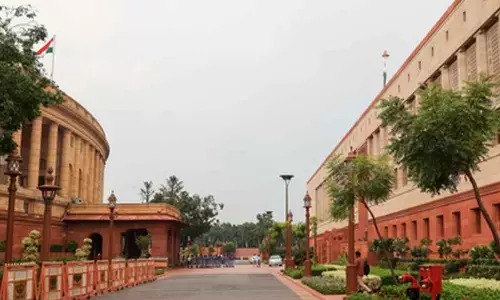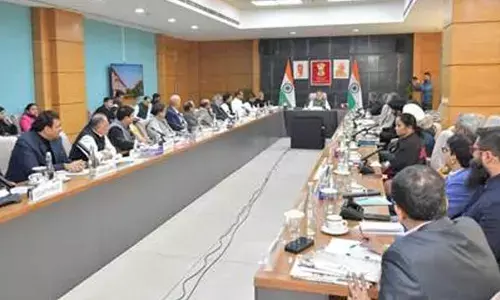S&T clusters drive innovations

Bengaluru BeST can propel country’s economic growth
In what can be an ideal effort to accelerate innovation in pharmaceutical and biotechnology sectors and to enable collaboration for the entire research and development (R&D) ecosystem in the country, Science & Technology (S&T) clusters are being established as formal umbrella structures for S&T organizations in various cities to have better synergy while retaining their autonomy. These clusters are supported by the office of the Principal Scientific Advisor to the Prime Minister on the recommendation of the Prime Minister's Science, Technology and Innovation Advisory Council (PM-STIAC) to create an Atmanirbhar Bharat through S&T.
These clusters will create strong linkages between existing academic institutions, national and state research laboratories and other stakeholders like relevant ministries, industry partners, start-ups, MSMEs, state governments, philanthropic foundations and international organizations.
Theseclusters will achieve three objectives through collaborative applied R&D projects for impact, bringing together multiple science providers (academic organizations and R&D labs, among others) to provide solutions for end-users (like industry and the government).
First is the creation of a shared ecosystem. The bottom of the pyramid is where each cluster should enable the creation of a shared ecosystem, whereby a group of 15-20 institutions starts working together as one large institution through a formal umbrella structure so that they all can have better synergy, while also retaining their internal autonomy. A shared ecosystem will entailsharing of high-end labs and equipment through the I-STEM portal, which is already beginning to happen. This will also allow mobility of researchers through sharing of credit courses for students across different institutions (as included in the latest National Education Policy) and also will allow the exchange of researchers between industry and public R&D labs.Moreover, this will also augment top-grade Human Resource (HR) development programs in partnership with industry experts.
The second is becoming a regional solution provider. The middle of the pyramid focuses on clusters becoming solution providers to local bodies, state governments and industries and creating a regional influence by resolving local problems. For this, they may partner with local incubators and connect with state Science & Technology councils and innovation societies. Such problem solving will enable them to wield regional influence through high-quality research, development and innovation.
The third is by becoming nationally and globally competitive. The top of the pyramid is where each cluster will focus on one to two domains of key strength and build strong capability to become a national and global leader, based on their existing strengths and competitiveness. They must contribute to the national missions of the Union Government and participate substantially in global mega-science projects to become nationally and globally competitive. Under this program, S&T clusters have already been set up in Pune, Jodhpur, Delhi-NCR, Bhubaneswar and Hyderabad.
The latest to join this list is the recently launched Bengaluru Science & Technology Cluster (BeST). The conceptualization of BeST is a collaborative effort of more than 50+ organizations from Bengaluru, including major academic institutions, industry partners, start-ups, civil society organizations and government bodies. This is coordinated by the Indian Institute of Science (IISc) in partnership with Centre for Cellular and Molecular Platforms (C-CAMP). The basic idea of this cluster is a collaborative ecosystem in a city or a region, in which scientists, engineers, social scientists and entrepreneurs working in academia, government labs and industry identify and collaborate to solve some socially relevant problems.
BeST has identified health and wellness, urban life and futuristic technologies as its core sectors. It has set up teams to work on areas of 'One Health', 'Digital Health,' precision agriculture, urban transportation, monsoon and climate change, quantum technologies, active matter and robotics and jet engine.
The BeST cluster is envisaged as a platform of active collaboration for the entire R&D ecosystem in Bengaluru cutting across disciplines but retaining their individual autonomy. A Section 8 company is being set up to catalyse this collaboration as an independent body, provide organizational support and raise and manage resources.
There cannot be any difference of opinion on the fact that Karnataka, and especially Bengaluru, plays a critical role in India's economic growth, with its unique combination of a talented base of scientists and engineers, academic institutions, multi-national companies and a vibrant start-up ecosystem. The BeST cluster envisions establishment of a unique innovation culture that can strengthen this ecosystem and further cement the region's position as a global innovation powerhouse.
Equal participation by all cluster members across all activities will be one of the main guiding principles of BeST. Of course, since Bengaluru has the technological potential, the new S&T cluster will prove to be a huge successand is positioned to accelerate innovation in pharmaceutical and biotechnology sectors.














